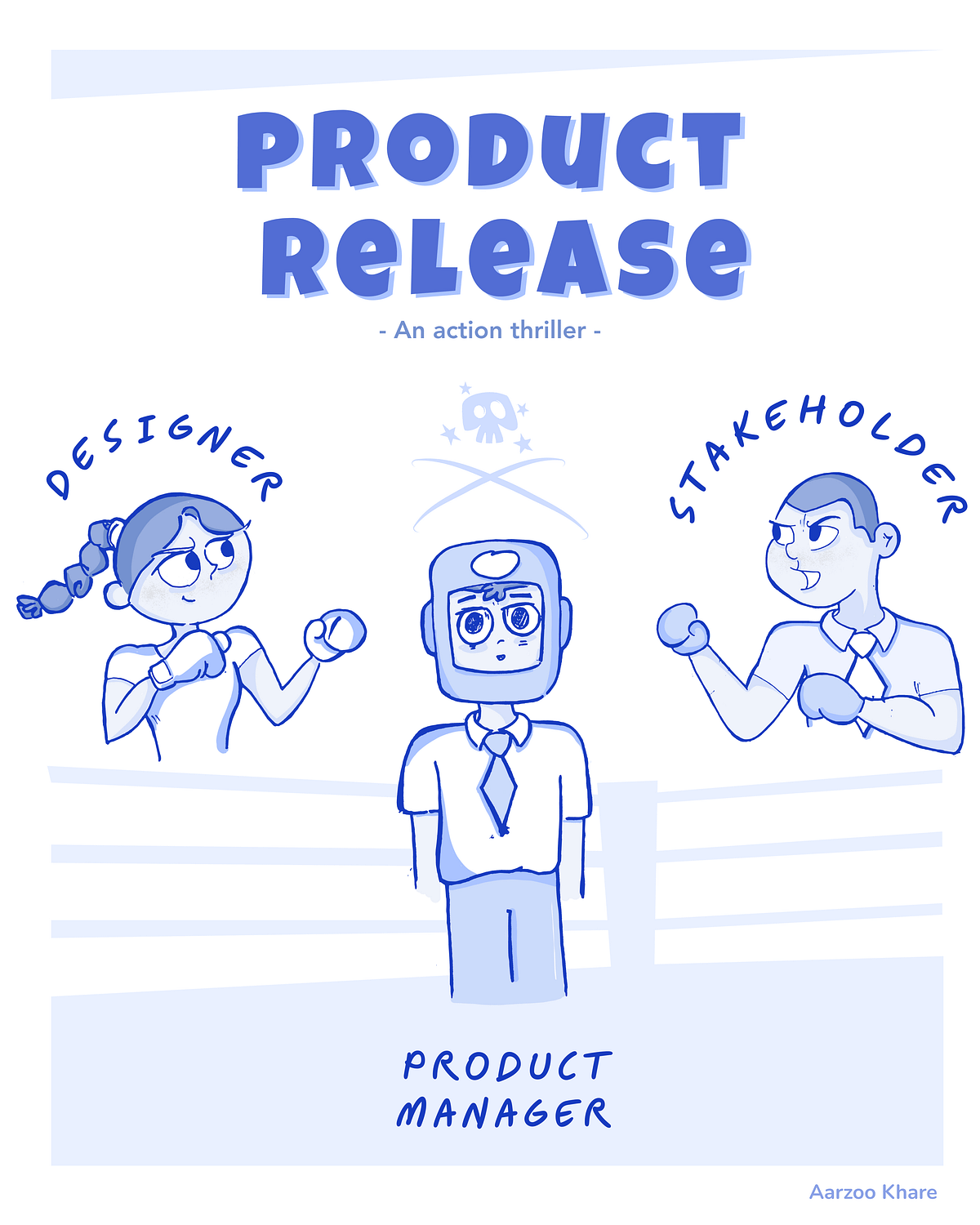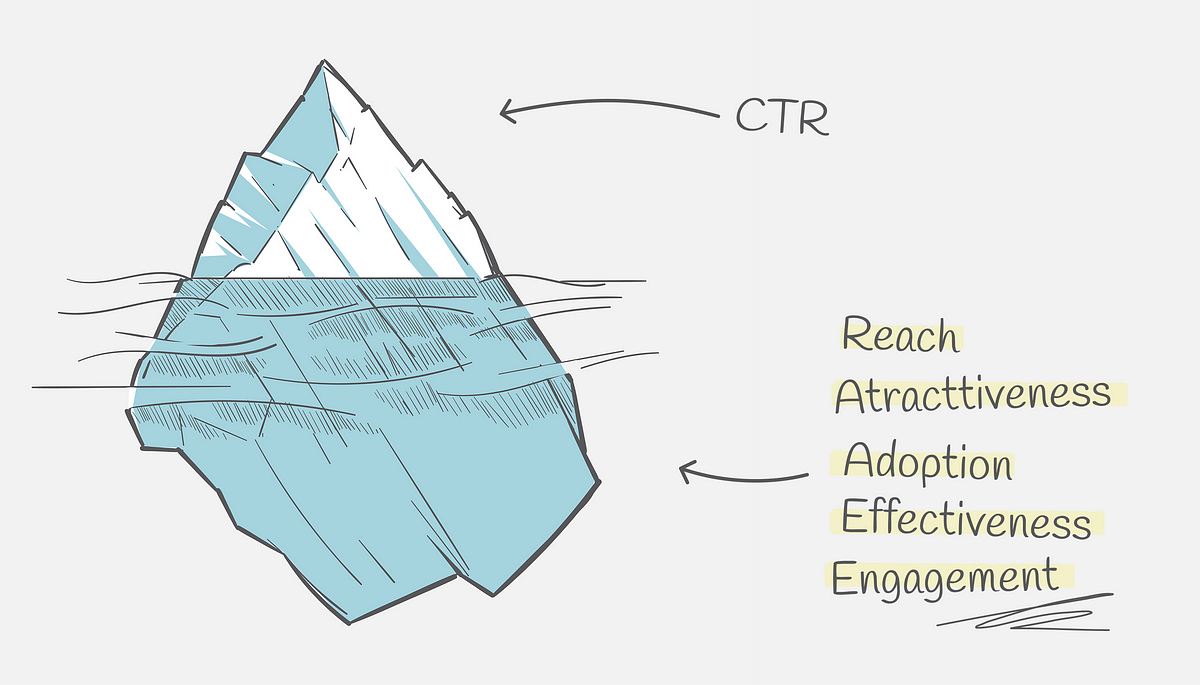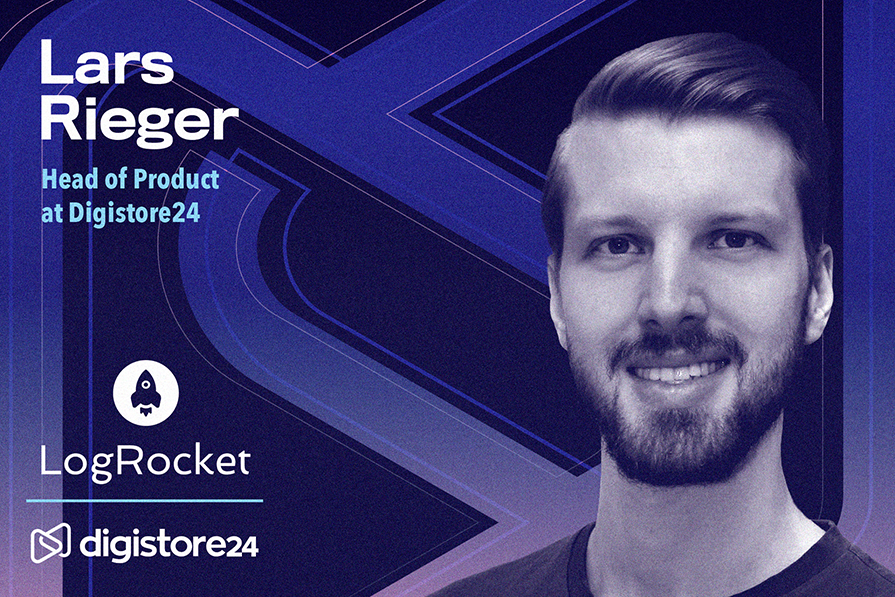fromBerlin Startup Jobs
1 week agoJob Vacancy: Founding Product Manager (AI-First) F/M/D // Tekkr | Product Management Jobs | Berlin Startup Jobs
Our mission: What if... your work empowered tech teams across the world? Software helps address the world's biggest challenges from climate crisis to inefficiency in governments. However, many companies and teams are bogged down by their own inefficiencies and struggle to develop technology effectively. Tekkr's mission is to empower tech teams and their leaders to achieve their full potential! Join tekkr and become a positive multiplier for techies across the globe!
Software development





















